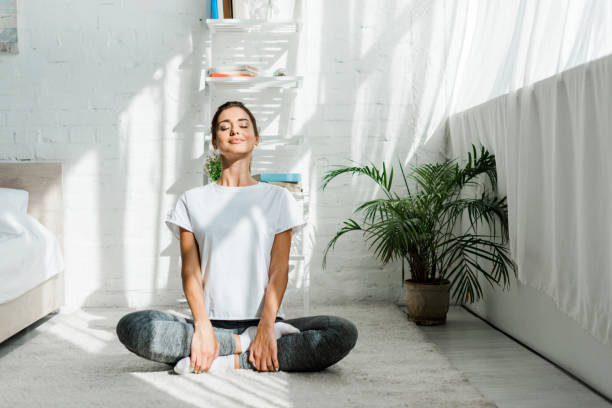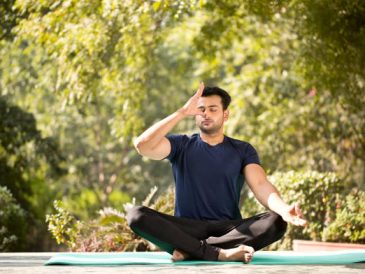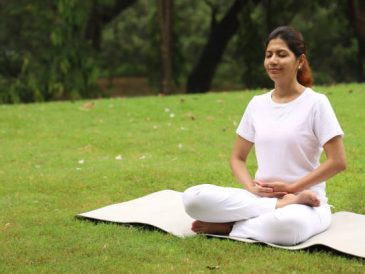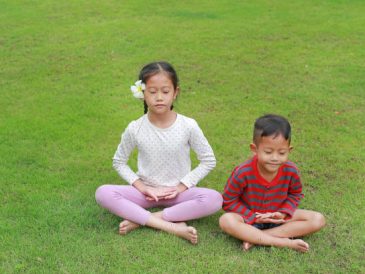Imprisonment often symbolizes a loss of freedom, not just physically but also mentally and emotionally. For many individuals behind bars, the journey to rehabilitation and reintegration into society can seem daunting. However, a groundbreaking study conducted in Australia has shed light on a transformative tool that offers hope for incarcerated individuals – yoga.
In recent years, there has been a growing interest in the potential of yoga as a means of promoting physical and mental well-being. Its benefits, including stress reduction, improved flexibility, and enhanced emotional regulation, have been widely acknowledged in various settings. However, its application within correctional facilities and its impact on prisoners’ lives have remained relatively unexplored until now.
The first-ever Australian study on the effects of yoga within prison walls was conducted by a team of researchers from leading universities in collaboration with correctional facilities across the country. The study aimed to assess how regular yoga practice could influence the physical and psychological well-being of incarcerated individuals and potentially contribute to their rehabilitation journey.
Over two years, the researchers implemented a structured yoga program in several correctional facilities involving both male and female inmates. The program consisted of weekly yoga sessions led by certified instructors trained in working with vulnerable populations. Each session included a combination of physical postures (asanas), breathing exercises (pranayama), and meditation techniques tailored to the specific needs and limitations of the participants.
The results of the study were nothing short of remarkable. Participants reported significant improvements in various aspects of their well-being, both during the program and in the months following its conclusion. One of the most notable findings was the reduction in levels of stress and anxiety among participants. Many inmates described feeling calmer, more centered, and better equipped to cope with the challenges of prison life.
Moreover, the physical benefits of yoga were also evident, with participants reporting increased flexibility, strength, and overall physical health. For individuals living in the confined and often sedentary environment of a correctional facility, the opportunity to engage in regular physical activity through yoga proved invaluable.
Perhaps most importantly, the practice of yoga had a profound impact on the mental and emotional states of the participants. Many reported experiencing a greater sense of self-awareness and introspection, enabling them to confront and address underlying issues such as anger, addiction, and trauma. By learning to observe their thoughts and emotions without judgment, participants gained a newfound sense of control over their inner world.
One of the key components of the yoga program was its emphasis on mindfulness and self-reflection. Through guided meditation and contemplative practices, participants were encouraged to explore their thoughts and emotions with honesty and compassion. This process of self-inquiry allowed many inmates to gain valuable insights into the root causes of their behavior and paved the way for personal growth and transformation.
Importantly, the benefits of yoga extended beyond the individual participants to the broader prison community. As inmates developed greater self-awareness and emotional regulation skills, conflicts and incidents of violence within the facilities decreased. The atmosphere became more conducive to rehabilitation and positive interpersonal relationships, fostering a sense of community and support among the incarcerated population.
The success of the yoga program has prompted calls for its expansion within correctional facilities across Australia and beyond. Advocates argue that investing in such initiatives not only benefits the individuals directly involved but also yields long-term societal benefits by reducing recidivism rates and promoting public safety.
Furthermore, the findings of the study highlight the importance of adopting a holistic approach to prisoner rehabilitation, one that addresses the complex interplay of physical, mental, and emotional factors underlying criminal behavior. While punitive measures have their place within the justice system, they must be complemented by efforts to heal and empower individuals, thereby breaking the cycle of incarceration and recidivism.
The first-ever Australian study on the impact of yoga in prisons has demonstrated its potential to improve the lives of incarcerated individuals in profound ways. By providing a path to self-discovery, healing, and personal growth, yoga offers a beacon of hope amidst the challenges of confinement. As we continue to explore innovative approaches to prisoner rehabilitation, let us not underestimate the transformative power of ancient practices such as yoga in unlocking the potential for redemption and renewal, even within the confines of a prison cell.




